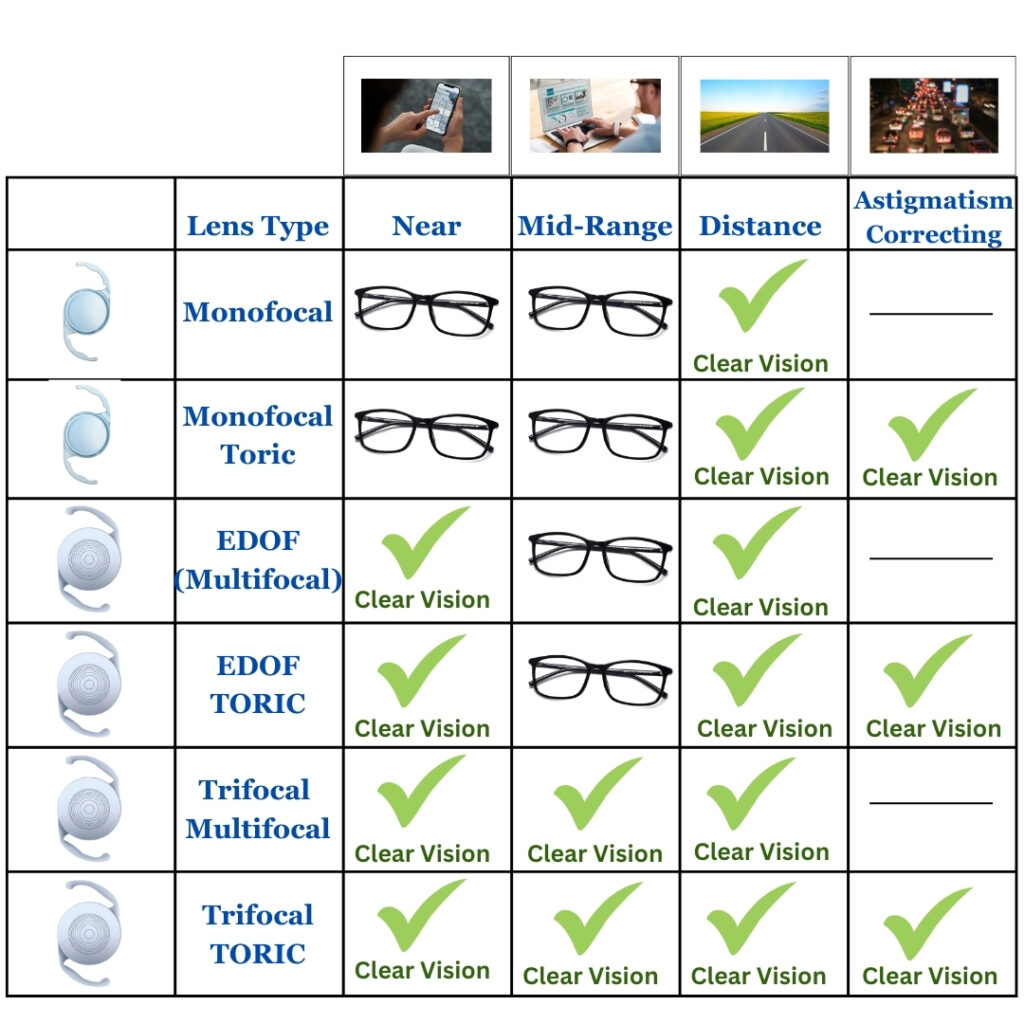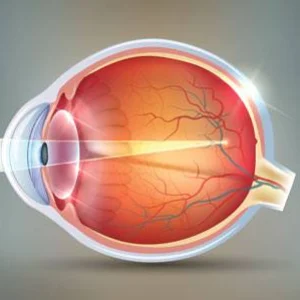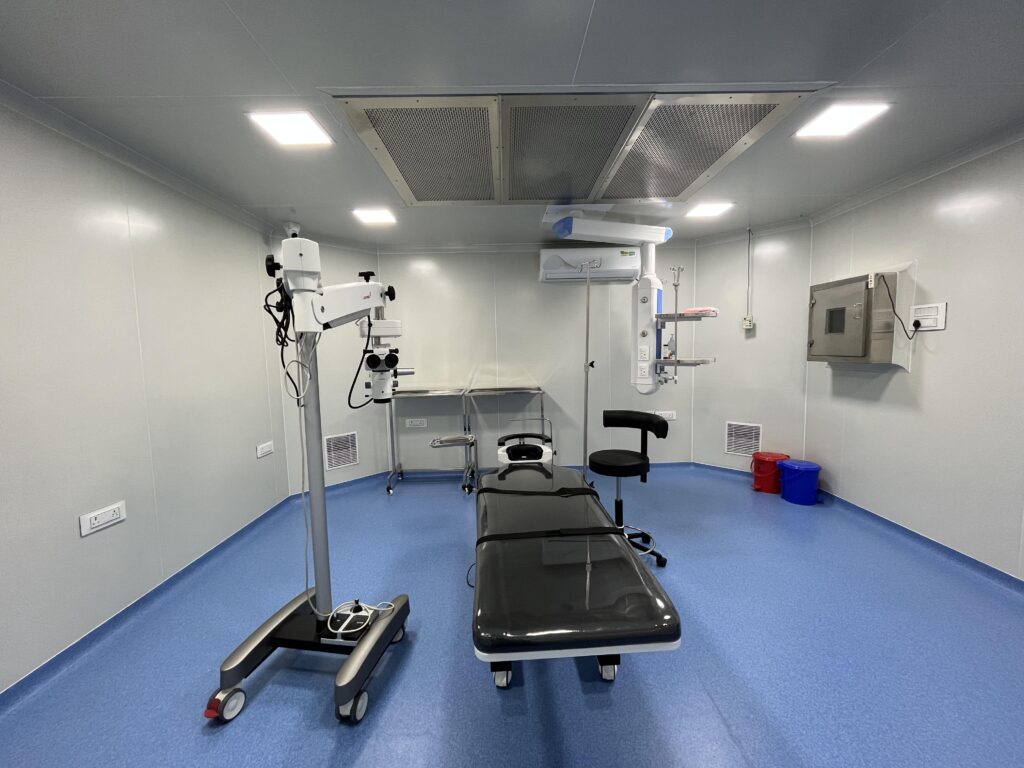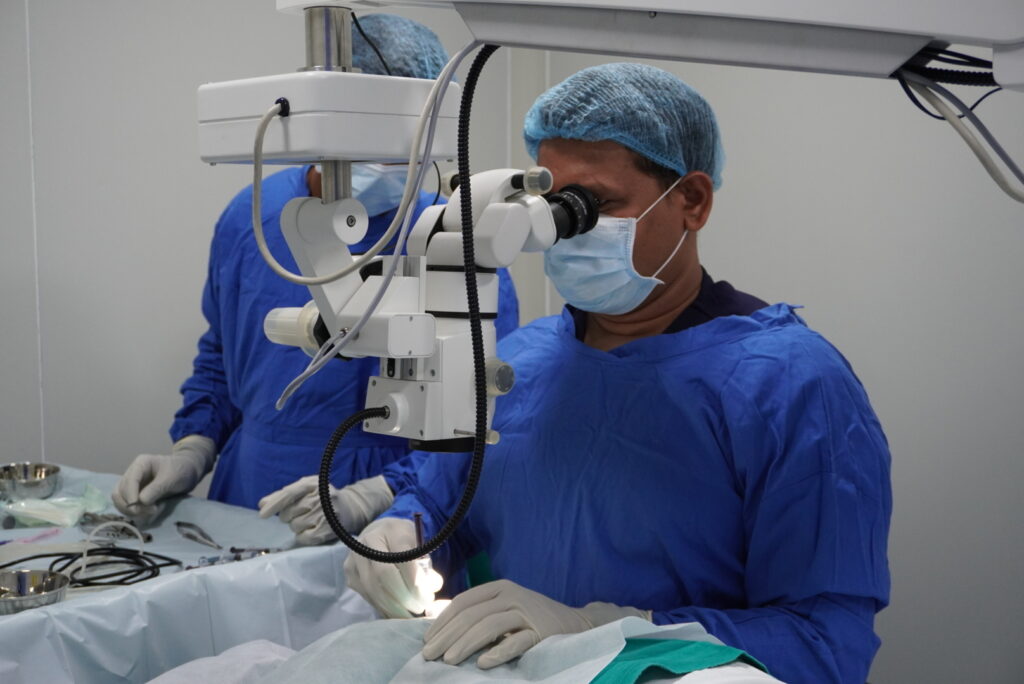
Cataract surgery is one of the most common and successful procedures performed today. During the surgery, the cloudy natural lens of your eye is replaced with a clear artificial lens called an intraocular lens (IOL). This can significantly improve your or your loved one’s vision quality and overall quality of life.
Choosing the right IOL is crucial because it will affect your vision after surgery. With various types of IOLs available, understanding their differences and how they can meet your needs is essential.
An intraocular lens (IOL) is an artificial lens placed inside your eye to replace the natural lens removed during cataract surgery. Modern IOLs are designed to last a lifetime and are made from materials such as acrylic.

If you have significant astigmatism, toric IOLs can correct this refractive error, providing you with clearer vision without the need for additional glasses for astigmatism.
Multifocal and some EDOF IOLs can cause visual disturbances such as halos and glare, especially at night. If you are sensitive to these issues, you might prefer monofocal or toric IOLs.

Scarring on your cornea can affect the clarity of your vision and may influence the type of IOL best suited for you.

If you are highly nearsighted, specific IOLs may be better suited to correct your vision effectively.

Including Macular Degeneration These conditions can affect how well you see with certain types of IOLs. It’s important to choose an IOL that complements the health of your retina.

Diabetes can lead to various eye problems that might affect IOL selection, weighing factors like visual acuity, contrast sensitivity, and potential impact on diabetic retinopathy progression.

Glaucoma and other optic nerve problems can influence IOL selection, as these conditions can affect overall visual quality.
It’s important to discuss your goals and expectations for vision after surgery. Some people are comfortable with occasionally using glasses, while others seek the most glasses-free vision possible.
We will discuss your daily activities and visual preferences to help tailor the IOL selection to your lifestyle.
We will review any existing eye conditions, general health issues, and medications that might impact your eye health or surgery outcomes.
Choosing the right IOL involves considering your vision needs, lifestyle, astigmatism, tolerance for visual disturbances, and eye health.
A thorough consultation with an ophthalmologist is essential to make an informed decision that aligns with your visual goals and expectations.
Continuous advancements in IOL technology promise even better outcomes and more personalized options for those undergoing cataract surgery.

Shanthi Nethralaya Eye Hospital is renowned for its state-of-the-art facilities, advanced technology, and commitment to patient care. We offer comprehensive eye care services, ensuring you receive the best possible treatment.

Dr. B. Shanthi Niketh is a highly experienced ophthalmologist specializing in cataract surgery. With a track record of successful surgeries and a patient-centric approach, Dr. Niketh is dedicated to providing you with the highest standard of care.

Our hospital is equipped with the latest diagnostic and surgical equipment, ensuring precise and effective treatments. Our team prioritizes your comfort and safety, providing personalized care tailored to your needs.

At Shanthi Nethralaya Eye Hospital, we consider all the factors discussed above to help you choose the best IOL for your specific needs. Our doctors sit down with you, understand your lifestyle and vision goals, and guide you through the selection process to ensure you receive the optimal lens for your eyes.

WhatsApp us